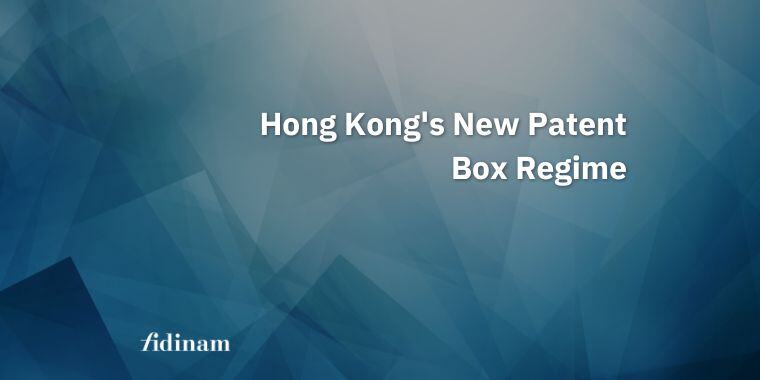
The Hong Kong Government has recently introduced a "patent box" tax regime, providing a concessionary profits tax rate of 5% on certain Hong Kong-sourced intellectual property (“IP”) income derived by taxpayers in Hong Kong.
This new regime, which applies retrospectively from the year of assessment 2023/24, extends beyond patents to include plant variety rights and copyright subsisting in software.
Companies investing in R&D that produces qualifying software – and the subsequent exploitation of that software to generate profits – can benefit from the patent box regime.
An Eligible Person refers to anyone entitled to derive income from an "eligible intellectual property" (IP). This includes IP owners as well as others, such as licensees, who have the right to earn income from the IP. For example, a licensee who sub-licenses an eligible IP and earns a fee qualifies as an eligible person. To benefit from tax concessions, the licensee must have incurred eligible R&D expenditures related to the IP and meet other prescribed conditions.
Eligible IPs are defined to mean patent, plant variety rights or copyrighted software that is generated from an R&D activity. In Hong Kong, this definition is broader, also covering applications for patents and plant variety rights, as well as those patents and plant variety rights granted in Hong Kong or elsewhere.
There "Eligible IP income" primarily includes:
Under the legislation, the amount of profit eligible for the concessionary tax rate of 5% is determined based on the OECD's approach - nexus approach.
The nexus approach ensures that only income from a qualifying intellectual property asset qualifies for preferential tax treatment. This is determined by a nexus ratio, which is defined as the qualifying expenditures as a proportion of the overall expenditures incurred by a taxpayer to develop the IP asset. The proportion of R&D expenditures serves as a proxy for substantial economic activities, ensuring a direct nexus between the income receiving benefits and the expenditures contributing to that income.
The portion of profits for the concessionary tax rate (concessionary portion) is determined by the nexus ratio as follows:

Expenses incurred for R&D activities include:
Our team of experts can guide you through the eligibility requirements, help optimize your R&D expenditures, and ensure that you maximize the benefits available under this new tax regime.
Whether you need support with the registration of intellectual property, calculating the nexus ratio, or any other aspect of tax compliance, Fidinam offers tailored solutions to meet your needs.
Contact us now via the form below.
All content © . All Rights Reserved.